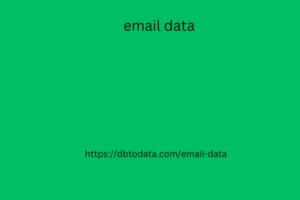After understanding the definition of PSI, the next step is to understand how it works and how the analysis should be carri out. Google PageSpe Insights analyzes the loading time of a page and the amount of resources on it. This can be code scripts, plugins, etc. They can influence the slower loading time.
Therefore, the PSI must compare the data from your page with the average of the others. From this, a report is produc that clearly shows the average loading time of the other pages, your average time, the final score and optimization suggestions.
The score provid ranges from
0 to 100 and is determin according to the amount of room for optimizations. Thus, it can be classifi as good, average or bad. Check out the score for each of them:
good: from 80;
average: between 60 and 79;
bad: from 0 to 59.
What are Google PageSpe metrics?
Did you understand hong kong email list Google PageSpe’s analysis criteria? To gain a deeper understanding of how the diagnosis is made, it is important to understand the metrics involv. So, check out the following:
Spe index: as the name
suggests, it consists of the spe with which a web page is visible to the interest public;
Input Latency (FID): checks the spe of a page with a user’s input, which signals the user’s level of satisfaction;
Field data: Shows beige ankle boots that will impress you how the page has perform over the last 30 days and is compar to the Chrome User Experience Report;
First idle CPU: shows adb directory the level of interactivity of the elements on a page;
Opportunities: flags existing points for improvement to increase the PageSpe score and even the page loading spe;
First important display: analyzes when the main content was display on the user’s screen;

